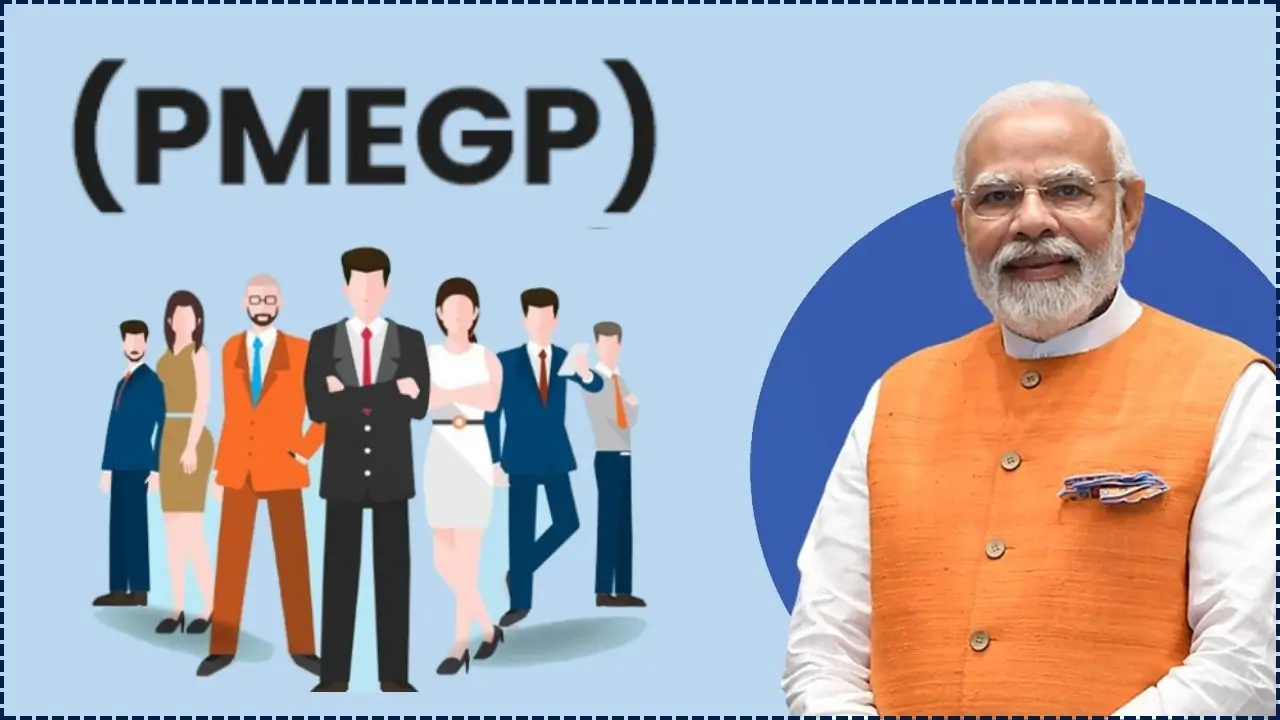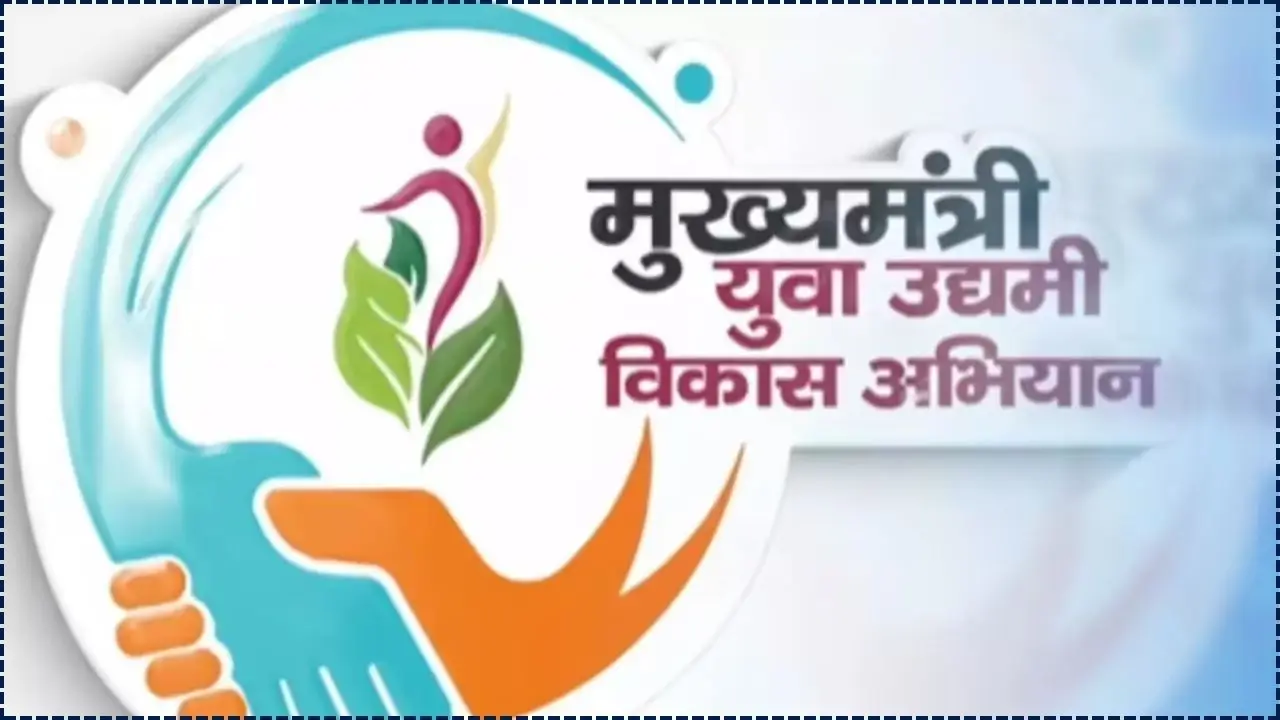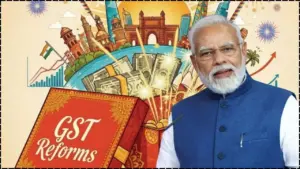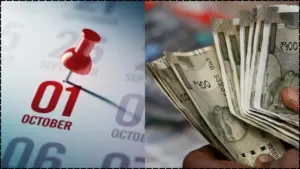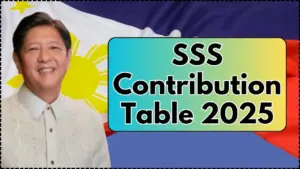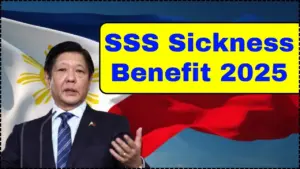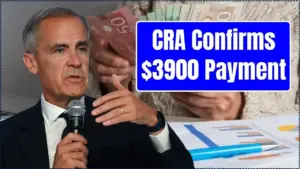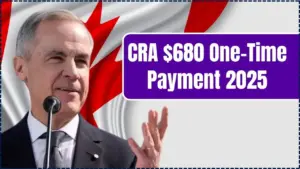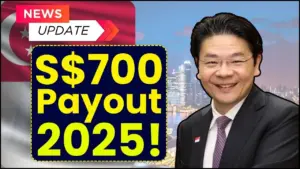The Government of India, through the 2025 Union Budget, has introduced a landmark central tax policy that serves as a meaningful measure of financial support for middle-class families. These reforms, which take effect on April 1, 2026, are characterized by simplified tax slabs, an expanded zero-tax threshold, and streamlined deductions, all fundamentally designed to ease the financial burden on hard-working citizens.
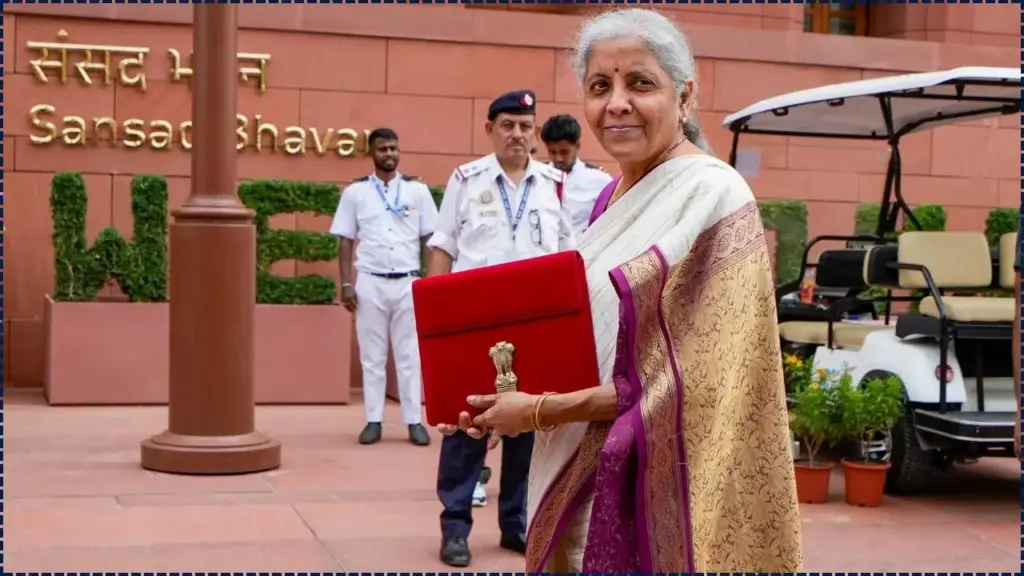
By placing more disposable income directly back into the hands of families, this compassionate policy is intended to enhance their overall quality of life, reinforce household financial security, and ultimately stimulate a vital and sustained wave of domestic economic growth for the entire nation.
Table of Contents
Major Tax Relief for Middle-Class Families
| Key Change | New Provision (2025-26) | Previous Rule |
|---|---|---|
| Zero-tax income limit | ₹12 lakh (after standard deduction) | ₹7 lakh |
| Standard deduction | ₹75,000 | ₹50,000 |
| Highest tax rate threshold | 30% applies above ₹24 lakh | 30% applied above ₹15 lakh |
| GST rationalisation | Two slabs – 5% and 18% | Four slabs – 5%, 12%, 18%, 28% |
Understanding the Primary Keyword — Tax Relief Policy 2025
The Major Tax Relief for Middle-Class Families, formally introduced in the Union Budget 2025, aims to simplify India’s complex personal tax system while reducing the burden on salaried and self-employed taxpayers. According to the Ministry of Finance, the government intends to modernise the tax structure “to encourage savings, improve compliance, and ensure equitable relief for middle-income households.”
Finance Minister Nirmala Sitharaman, during her Budget address, stated that the new framework “marks a shift toward a cleaner, simpler, and fairer taxation regime.”
“The middle class is the backbone of our economy. Their contribution must be rewarded through tangible relief,” she said in Parliament.
How the New Tax Regime Works
Simplified Tax Slabs
The new tax regime merges multiple slabs into four, reducing complexity and increasing take-home pay. Individuals earning up to ₹12.75 lakh annually, including standard deduction, will now pay no income tax.
For higher incomes, the structure is as follows:
- 5% on income from ₹12 lakh to ₹16 lakh
- 10% from ₹16 lakh to ₹20 lakh
- 20% from ₹20 lakh to ₹24 lakh
- 30% above ₹24 lakh
The change is expected to directly benefit nearly 58 million taxpayers, according to an internal Central Board of Direct Taxes (CBDT) estimate.
Reduced Compliance Burden
Unlike the old regime, the new policy minimises documentation and removes the need for dozens of exemption proofs. “This simplification reduces both taxpayer stress and administrative overhead,” a senior CBDT official said.
Streamlined Deductions
Common deductions such as Section 80C (investments), 80D (health insurance), and 80E (education loans) will be consolidated under a single simplified deduction category, while the standard deduction rises to ₹75,000.
Broader Economic Impact
Economists interpret the move as an attempt to revitalise domestic demand amid global economic uncertainty. By leaving more disposable income with households, the policy aims to spur consumption in key sectors such as automobiles, housing, and consumer goods.
According to Reuters, the reform could cost the exchequer around ₹1 lakh crore annually but is expected to be offset by stronger tax compliance and higher GST collections from increased spending.
“This is the most significant middle-class tax relief in over a decade,” said Dr. Arvind Krishnan, economist at the Indian Council for Research on International Economic Relations (ICRIER). “It supports growth through fiscal prudence rather than excessive subsidies.”
GST 2.0 — Indirect Tax Relief
In tandem, the Goods and Services Tax (GST) Council has approved a new two-slab system — 5% and 18% — simplifying compliance for businesses and reducing consumer costs.
Essential goods, including food, medicines, and educational supplies, will attract 0% or 5% GST, while luxury items and services will continue under the 18% slab. The reform also abolishes the 28% slab that previously covered automobiles, paints, and air conditioners.
According to The Economic Times, GST 2.0 could save middle-class households an estimated ₹8,000–₹12,000 annually through reduced indirect taxes on everyday products.
Implementation Timeline and Next Steps
The new regime will come into force from 1 April 2026, after systems and payroll software are updated. The Central Board of Direct Taxes and Goods and Services Tax Network (GSTN) will issue detailed circulars outlining transitional guidelines for taxpayers and companies.
Taxpayers will retain the option to choose between the old and new regimes for Assessment Year 2026-27, allowing flexibility during the transition.
“Our goal is a seamless rollout that benefits honest taxpayers without disrupting existing compliance,” said Sanjay Malhotra, Revenue Secretary, in a press briefing following the Budget.
Related Links
PM Svanidhi Yojana: How Street Vendors Can Get Financial Support from the Government
Download Your Labour Welfare Board Benefits Status Online: Complete Process Explained
Integrated Government Online Directory: A State-by-state List of Important State Government Websites
Challenges and Criticisms
While broadly welcomed, the reforms face some concerns:
- Reduced incentives for savings: With fewer deductions, taxpayers may save less in long-term instruments like Public Provident Fund (PPF).
- Potential fiscal pressure: Lower direct tax revenue could widen the fiscal deficit if consumption fails to pick up.
- Transition costs: Businesses and payroll departments will need to adjust software and reporting systems.
Opposition leaders have urged the government to “ensure equitable benefit distribution,” particularly for lower-middle-income households at the margin of the new tax threshold.
Expert Outlook
Economists and think-tanks see the policy as part of a structural shift toward simplified, consumption-driven fiscal policy. If effectively implemented, it could improve compliance, raise disposable income, and enhance India’s attractiveness as an investment destination.
“Tax relief is just one part of a larger puzzle,” noted Prof. Meena Ghosh of Delhi School of Economics. “Sustained benefits will depend on job growth, inflation control, and spending discipline.”


